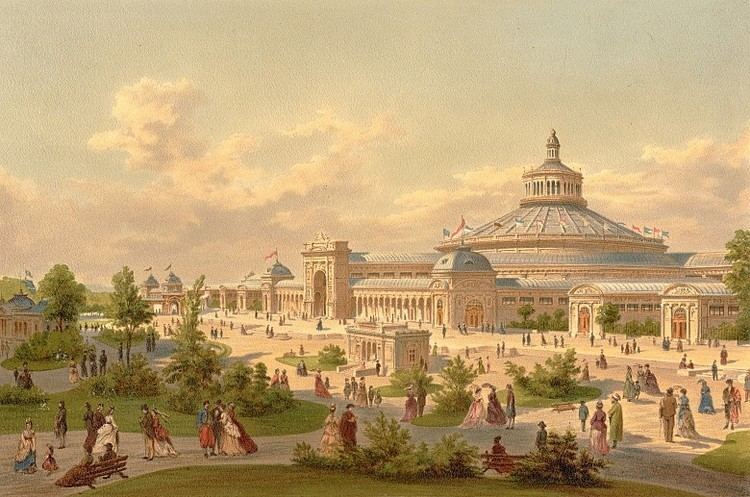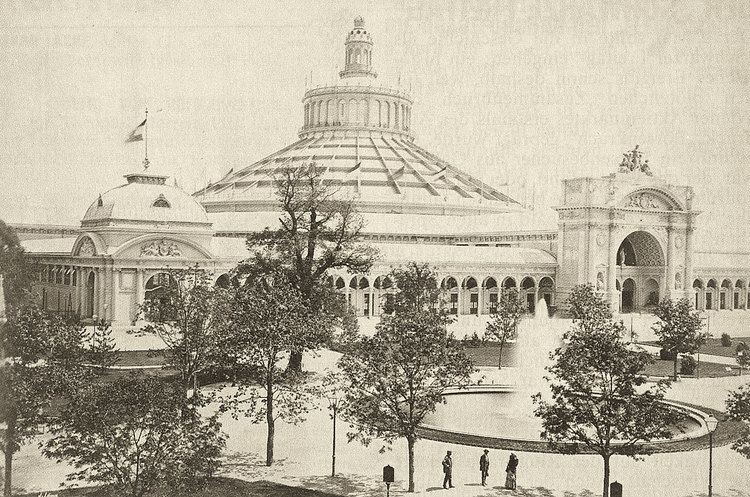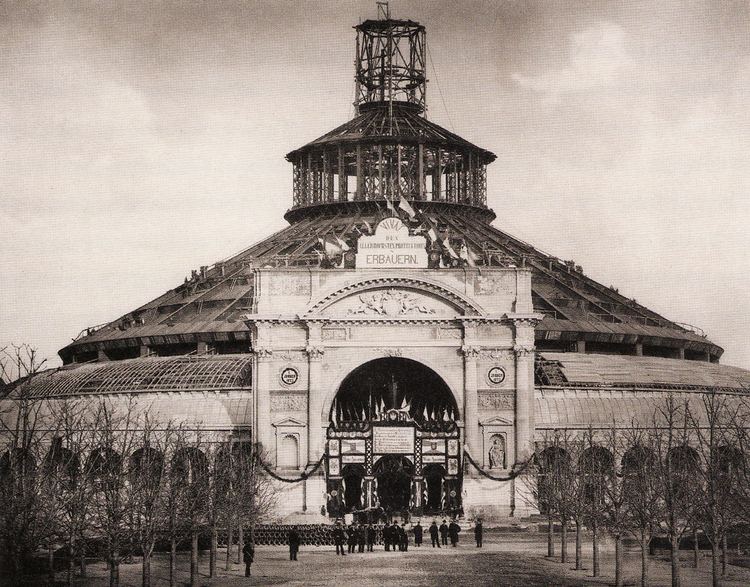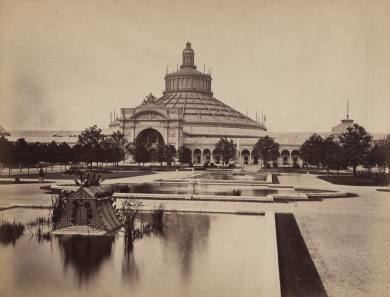 | ||
Similar Wurstelprater, Trabrennbahn Krieau, Wien Museum Pratermuseum, Bezirksmuseum Leopoldstadt, Galopprennbahn Freudenau | ||
The Rotunde ( [roˈtʊndə]) in Vienna was a building erected for the Weltausstellung 1873 Wien (the Vienna World Fair of 1873). The building was a partially covered circular steel construction, 84 m (approx. 275 ft) in height and 108 m (approx. 354 ft) in diameter. For almost one century (followed after its own destruction by an exhibition hall in Belgrade, 1957) it was the largest cupola construction in the world, larger than the Pantheon in Rome (diameter 43,4 m); built in 118–125. It was designed by Austrian architect Karl Freiherr von Hasenauer and built by the German company Johann Caspar Harkort of Duisburg. The Scottish engineer for the roof was John Scott Russell who used 4,000 tons of steel with no ties.

The central building of the World Fair was accepted enthusiastically by the public. It was used for shows and fairs later on. Alexander Girardi performed a concert in this hall. In 1898 a "Collektivausstellung österreichischer Automobilbauer" (Collective Exhibition of Austrian Carbuilders) was shown during the "Kaiser Franz Joseph Jubiläumsausstellung" (Emperor Franz Joseph Jubilee-Exhibition). The first four cars ever built in Austria-Hungary were shown there, amongst them the car built by Siegfried Marcus in 1888/89.

The Rotunde burned down in 1937. Its former location is now occupied by a portal of the Vienna International Fair.



